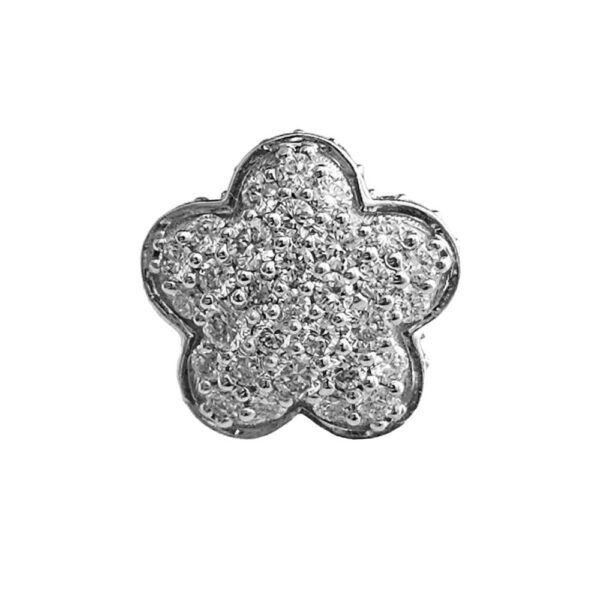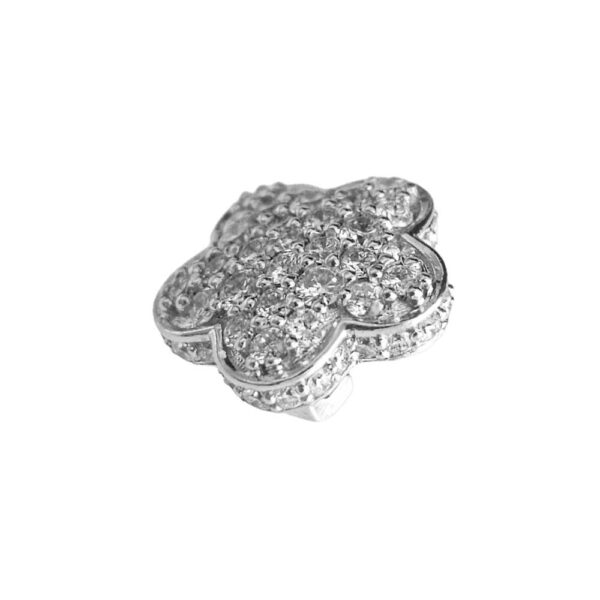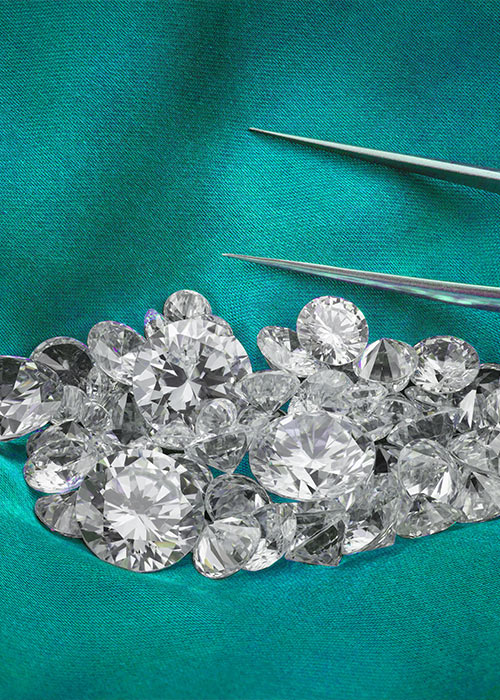
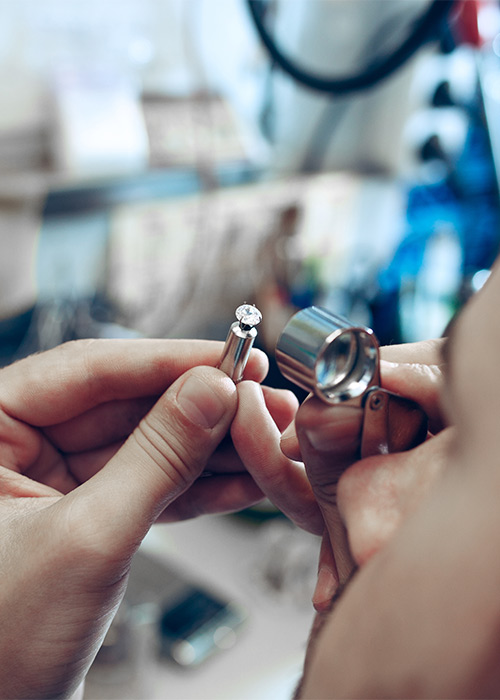
Lab Made Luxury
Lab Made Diamonds
Kowy partners with Bhanderi Lab Grown Diamonds to create a new line of ethically sourced gemstones that merge beauty with environmentally-safe practices. Whether you’re looking for a remarkable ring or other Kowy® luxury accessories, we’ve got something for your style!
All of our lab made diamonds are ethically created and sustainably sourced from high-grade materials that doesn’t harm our beautiful planet.
Contact Us TodayChoose from lab-grown diamonds, zirconia, or natural gemstones.
Each Kowy® can be customized with your choice of lab-grown diamonds, zirconia, or natural gemstones. Each piece is made to order, ensuring it perfectly fits your style and values. Contact us today to create your personalized Kowy®.
Inquire Today →Discover Timeless Beauty with Lab-Made Diamonds
At Kowy®, we believe that luxury and sustainability can go hand-in-hand. Our stunning collection of Kowy® accessories, including the exclusive Blóm Pieno Di Pietre FJ White Gold & White Lab Diamonds, is crafted with lab-grown diamonds, offering you unparalleled brilliance without compromising the planet.
Each piece is a testament to innovation and responsibility, allowing you to enjoy the beauty of diamonds with a clear conscience.
Ethically Sourced Lab Grown Diamonds
Kowy® has redefined luxury by offering ethically sourced lab-made diamonds that embody both brilliance and responsibility. Unlike traditional mined diamonds, these gems are created through innovative technology that replicates the natural diamond-growing process.
People can now acquire larger, higher-quality diamonds at more competitive prices without compromising their principles. Each diamond comes with a story of innovation and integrity.
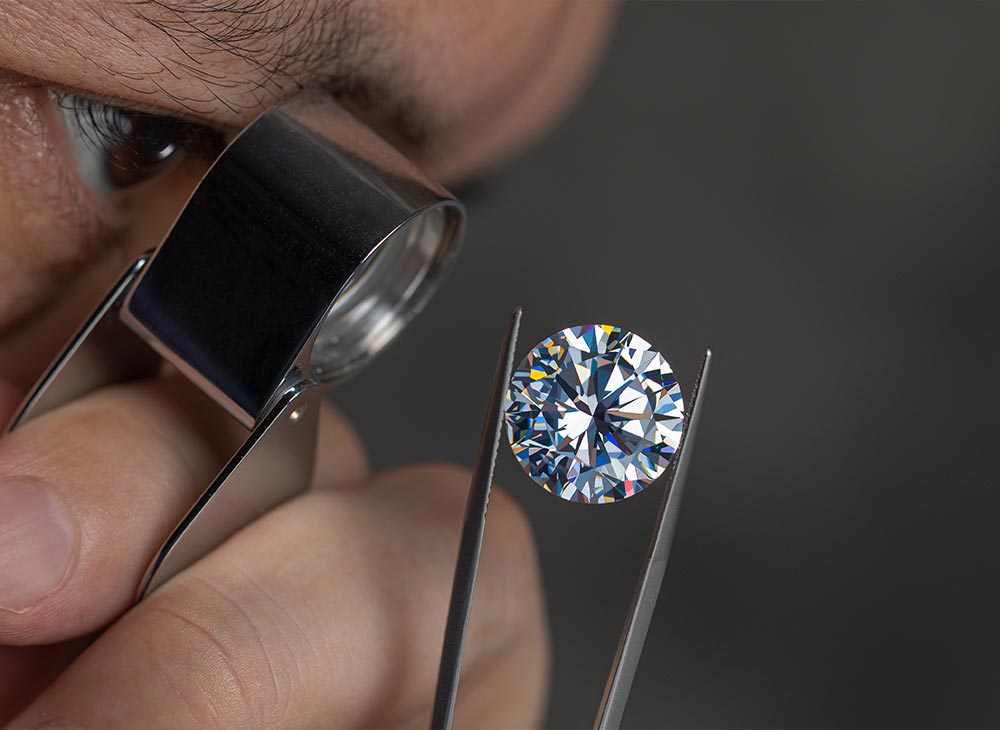
Difference Between Lab Made vs Mined Diamonds
Lab-made diamonds, including CVD (Chemical Vapor Deposition) and HPHT (High Pressure High Temperature) diamonds, are celebrated for their ethical production processes. They resonate with environmentally conscious buyers who are concerned about traditional mining practices and their associated humanitarian implications.
Additionally, while mined diamonds can carry unique histories tied to their geographic locales, they are often far more expensive than lab-made diamonds. However, underneath a lens, these diamonds are virtually identical. This means consumers can enjoy the beauty and brilliance of a diamond without the hefty price tag or moral dilemmas associated with traditional sourcing.
- Created using controlled laboratory environments using advanced technology.
- Ethically and sustainably sourced, eliminating the negative impacts associated with diamond mining.
- Virtually flawless, with fewer imperfections and inclusions due to controlled growth conditions.
- Abundantly available, resulting in lower prices compared to natural diamonds.
- Formed naturally deep within Earth’s mantle over millions of years.
- Extracted through mining processes, often causing environmental disruption and human rights concerns.
- May contain imperfections and inclusions due to natural formation processes.
- Limited availability due to the geological formation process, leads to higher prices.
CVD Diamonds VS HPHT Diamonds
| Aspects | CVD Diamonds | HPHT Diamonds |
|---|---|---|
| Formation Process | Type IIA CVD diamonds are created using Chemical Vapor Deposition methods, specifically targeting the growth of Type IIA diamonds, which are known for their exceptional purity and lack of nitrogen impurities. | HPHT diamonds are created using High Pressure High Temperature (HPHT) methods, simulating the conditions within the Earth’s mantle. |
| Temperature & Pressure | Type IIA CVD diamonds are grown at relatively lower temperatures (around 700 to 1,300 degrees Celsius) and pressures (subatmospheric to low atmospheres), reducing energy consumption and environmental impact. | HPHT diamonds require high temperatures (around 1,500 to 2,000 degrees Celsius) and pressures (around 5 to 6 GPa), resulting in higher energy consumption and environmental footprint. |
| Quality Control | Type IIA CVD diamonds offer superior quality control due to the precise nature of the deposition process. They are known for their exceptional purity and lack of nitrogen impurities, making them ideal for high-end applications. | HPHT diamonds may have challenges in controlling impurities, resulting in variations in quality and the presence of inclusions. |
| Cost | Type IIA CVD diamonds are generally more cost-effective than HPHT diamonds due to lower energy and equipment requirements. | HPHT diamonds can be more expensive to produce due to the high temperatures and pressures required. |
| Applications | Type IIA CVD diamonds are highly sought after for high-end jewelry and industrial applications due to their exceptional purity and quality. They are particularly valued in industries where purity is critical. | HPHT diamonds have traditionally been used for various industrial and gemstone applications. However, Type IIA CVD diamonds have more applications in the industry. |
| Environmental Impact | Type IIA CVD diamonds have a relatively lower environmental impact compared to HPHT diamonds due to lower energy consumption and equipment requirements. | HPHT diamonds are associated with a higher environmental impact due to the energy-intensive process involved. |
What To Look For in Lab Grown Diamonds
The grading of lab-grown diamonds, like mined diamonds, is based on the 4Cs: Color, Clarity, Carat, and Cut.
Color – This measures the absence of color in a diamond. The less color, the higher the grade.
Clarity – Clarity assesses the presence of internal or external flaws, with fewer inclusions leading to higher clarity.
Carat – Carat refers to the weight of the diamond, with larger diamonds typically being more valuable.
Cut – Cut determines how well a diamond is shaped and proportioned to reflect light, enhancing its sparkle.
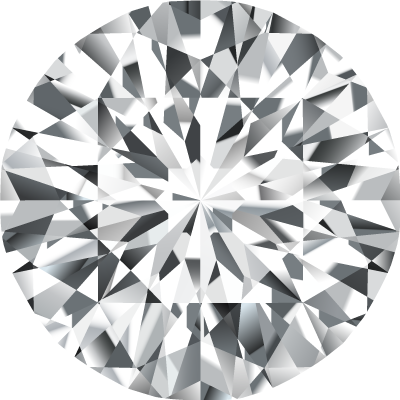
Color:
Refers to any tint in the diamond; ideally, you want a color grade as close to colorless as possible (D-F grades) for maximum brilliance. D color grade means a colorless grade, while F means a light yellow tint color grade.
Clarity:
Clarity assesses the presence of inclusions or blemishes in a diamond. The highest grades, F (Flawless) and IF (Internally Flawless), indicate no visible imperfections. Other grades include VVS1-VVS2 (Very, Very Slightly Included), VS1-VS2 (Very Slightly Included), SI1-SI3 (Slightly Included), and I1-I3 (Included), which represent increasing levels of visible inclusions.
Carat:
Measures the weight of the diamond; larger carats typically command higher prices but should be balanced with quality in other areas. Diamond carat weights start at 0.25-0.99ct.
Cut:
Influences how well a diamond reflects light; an excellent cut enhances sparkle and overall appearance, making it one of the most critical aspects when selecting a diamond. Together, these attributes define the beauty and value of a lab-made diamond.
Unmatched Benefits Of Lab Grown Diamonds
Uncover Reasons to choose Lab Grown Diamonds:
CONSISTENT QUALITY:
Each diamond adheres to strict quality standards. Certified authenticity ensures peace of mind for consumers
- Manufacturing Time
- Economical Price
- Exceptional value proposition
- Traceable origin
- Socially responsible
- Smaller environmental impact
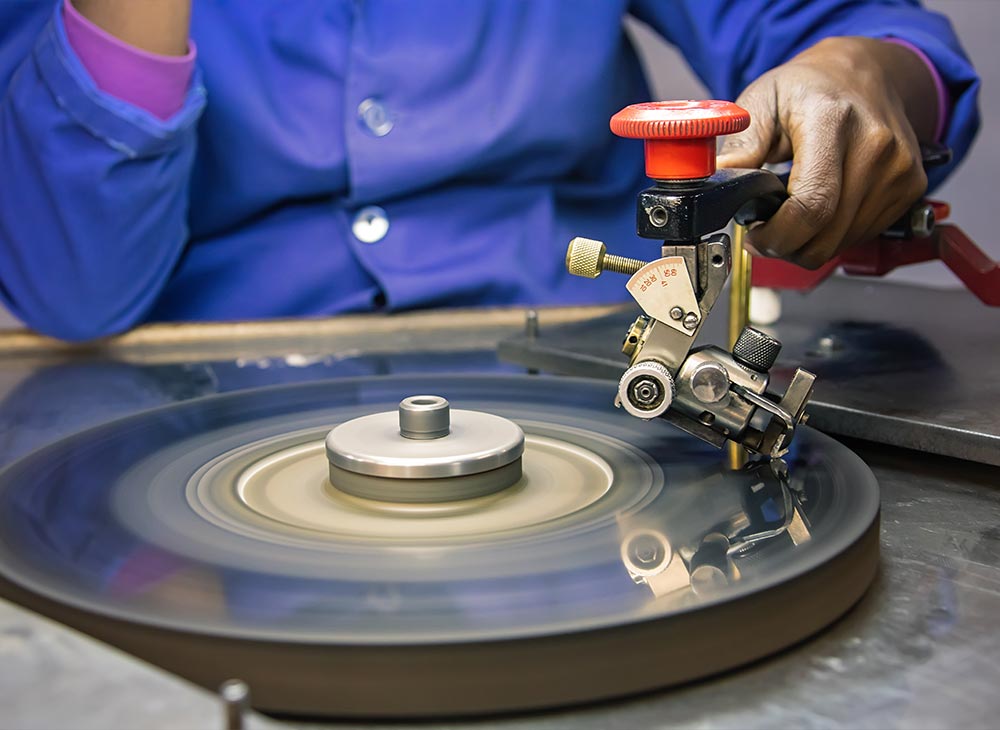
Sparkle Your Kowy® With A Lab Diamond!
It’s time that you find the perfect diamond for your or a loved one with Kowy®! Crafted through innovative technology, these stunning gems not only sparkle with brilliance but also come with a clean conscience.
Customize your Kowy® with a sparking lab diamond. You even have the option to customize your Kowy® as a fine jewelry. Contact us today for more information!
Contact Us